Camera technology has changed dramatically over the past few years, and mirrorless cameras are now leading the way. Many photographers who once relied on DSLRs are making the switch because mirrorless systems offer better features, lighter designs, and smarter technology. If you’re wondering whether it’s time to upgrade, here are some compelling reasons why 2025 might be the perfect year to make the change.
1. Mirrorless Cameras Are Smaller and Lighter
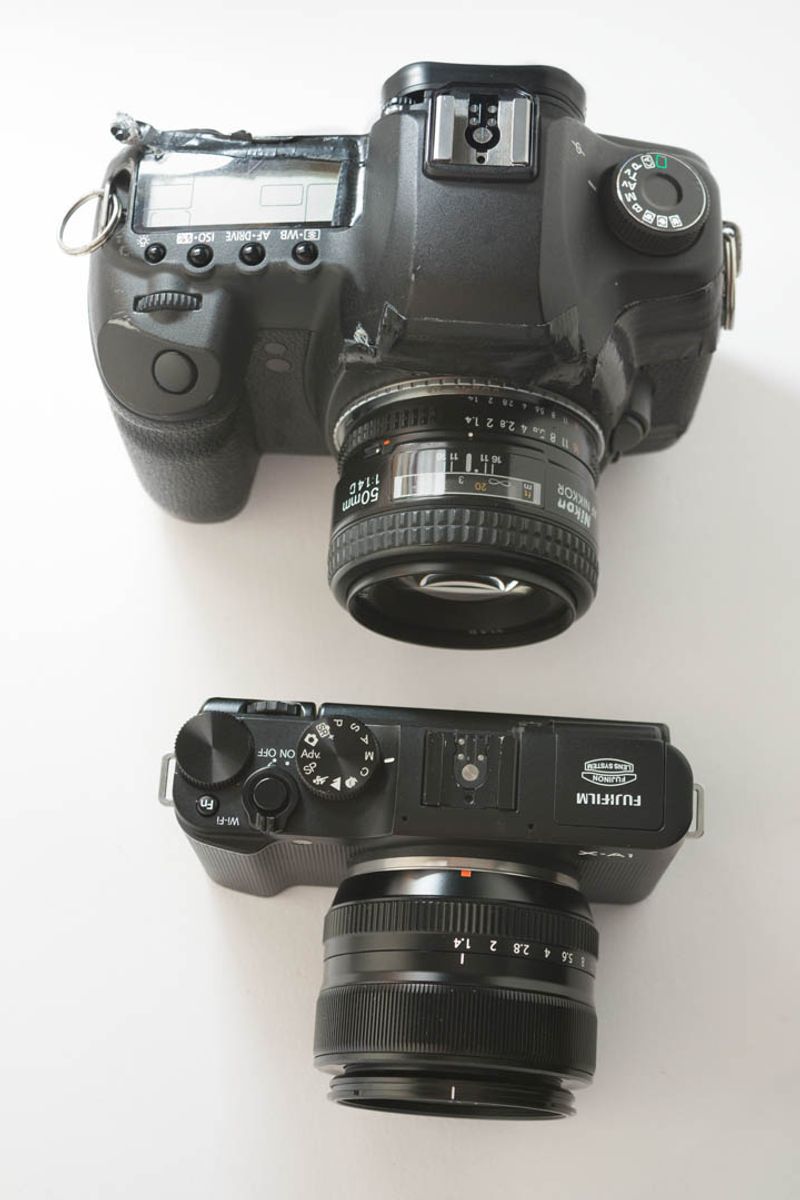
Carrying heavy gear all day can wear you down fast. Mirrorless cameras ditch the bulky mirror mechanism that DSLRs need, which makes them way more compact and easier to toss in your bag.
A Canon EOS R8 or Sony α7C II gives you professional full-frame image quality in a body that’s about half the size of a traditional DSLR. This makes them perfect for travel photography, vlogging on the go, or long wedding shoots where every ounce counts.
Your shoulders and neck will thank you after a full day of shooting with a lighter setup.
2. Faster, Smarter Autofocus
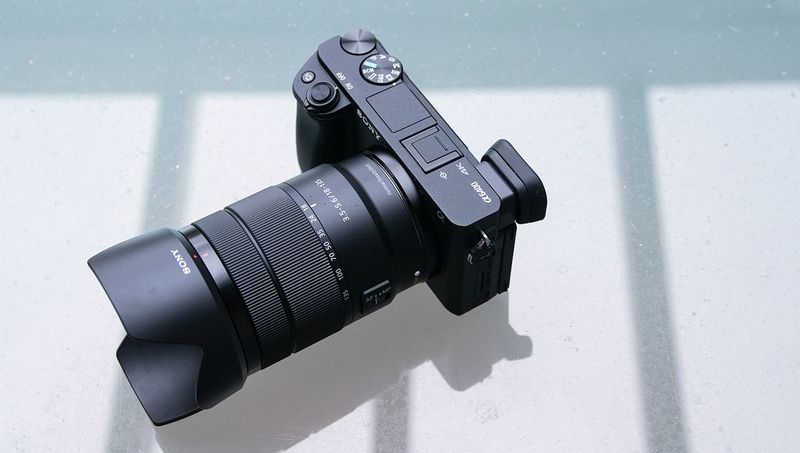
Getting sharp focus used to require patience and practice, but modern mirrorless cameras have changed the game completely. On-sensor phase detection combined with AI-driven subject tracking means your camera can identify and follow eyes, faces, animals, cars, and even birds mid-flight.
Sony’s Real-Time Tracking and Canon’s Dual Pixel AF II are considered industry leaders in 2025, locking onto subjects almost instantly. Whether you’re photographing a toddler running around or a hawk diving for prey, the autofocus stays glued to your subject.
DSLRs simply can’t match this level of speed and intelligence.
3. Superior Video Capabilities
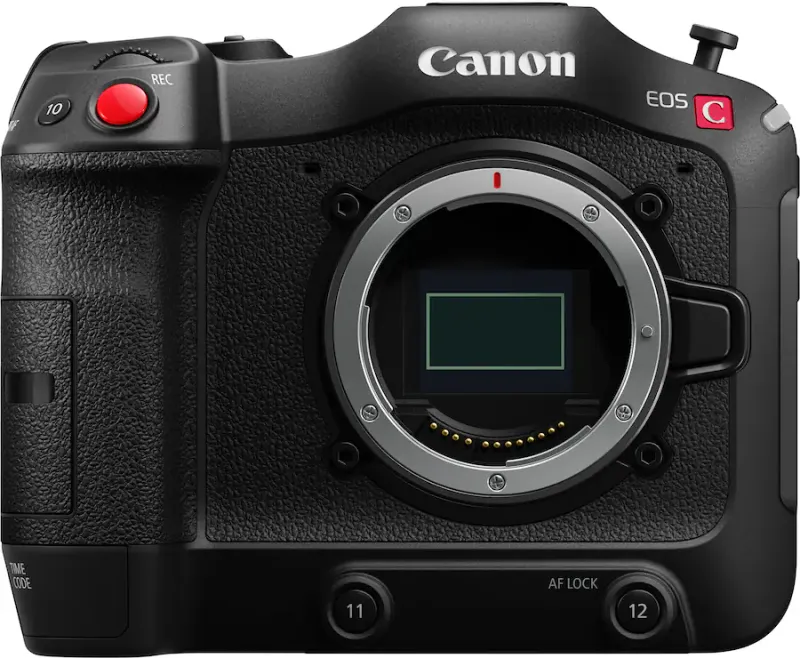
Video has become just as important as photos for many creators today. Mirrorless cameras were built with video in mind, offering features like 4K and 8K recording, advanced in-body stabilization, and continuous autofocus while filming.
Most DSLRs struggle with these features or lack them entirely. The Panasonic Lumix GH7 and Canon EOS R5 Mark II are top picks for hybrid shooters who need both stunning photos and cinematic video quality.
If you create content for YouTube, social media, or professional projects, going mirrorless opens up creative possibilities that DSLRs just can’t deliver anymore.
4. Electronic Viewfinders Show the Final Image in Real Time
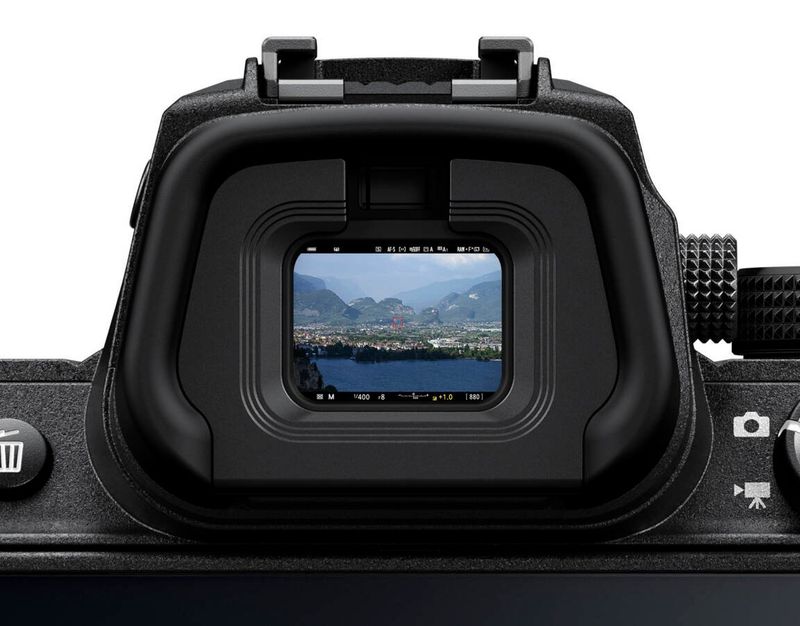
Optical viewfinders in DSLRs show you the scene as it is, but not how your final photo will actually look. Electronic viewfinders flip that concept on its head by displaying your image with all adjustments applied—exposure, color balance, white balance, and effects—before you press the shutter.
No more taking test shots and checking the back screen repeatedly. What you see through the EVF is exactly what you’ll capture, saving time and reducing guesswork during critical moments.
This real-time preview gives you confidence and control that traditional optical viewfinders simply cannot provide.
5. Better Image Stabilization
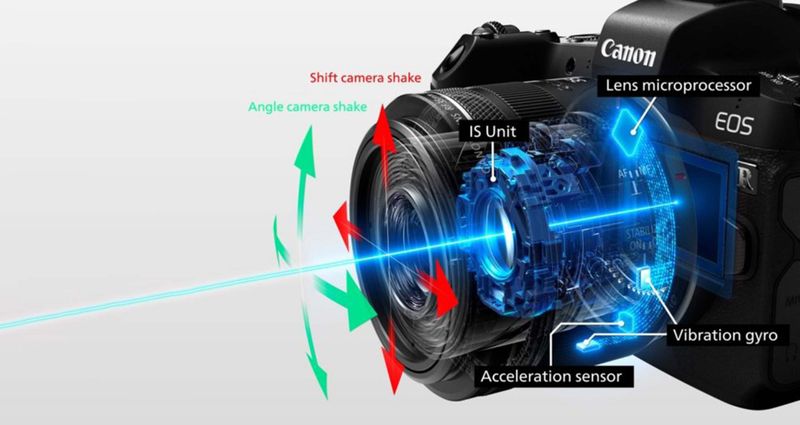
Shaky hands used to mean blurry photos, especially in dim lighting or when zooming in. In-body image stabilization, or IBIS, has become a standard feature in most mirrorless cameras, and it’s a total game-changer.
IBIS compensates for hand movements, allowing you to shoot handheld at slower shutter speeds and still get tack-sharp images. DSLRs usually rely only on stabilization built into certain lenses, which limits your options and adds extra cost.
With mirrorless IBIS, even older or budget lenses gain stabilization benefits, giving you sharper results across your entire lens collection without spending extra money.
6. Quieter, Faster Shooting
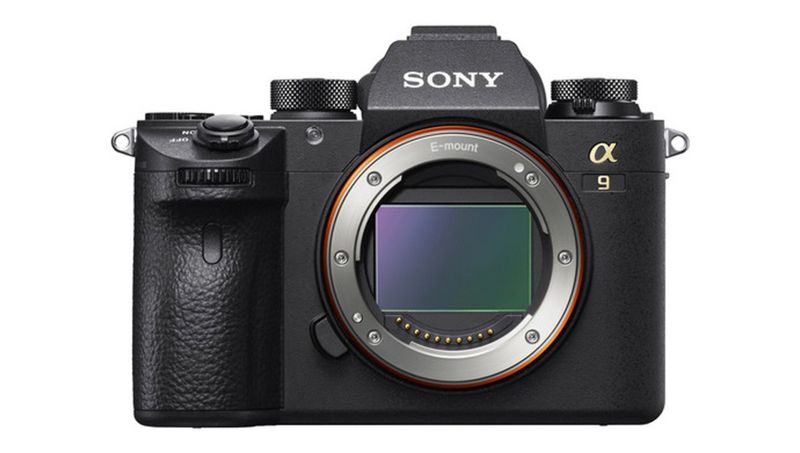
That loud mirror slap sound from a DSLR can be distracting during weddings, concerts, or wildlife shoots. Mirrorless cameras eliminate this problem entirely because there’s no mechanical mirror flipping up and down with every shot.
The Nikon Z8, for example, can fire up to 20 frames per second in complete silence using its electronic shutter. This silent operation is perfect for capturing candid moments without drawing attention or startling skittish animals.
Fast burst rates combined with silent shooting give you the ability to freeze action and capture fleeting expressions without missing a beat or causing any disruption.
7. The Future of Lens and Firmware Support

Camera manufacturers have made their priorities clear: mirrorless is the future. Nearly all major brands have shifted their research, development, and innovation efforts exclusively toward mirrorless systems, leaving DSLR technology largely frozen in time.
New lenses with cutting-edge optics, regular firmware updates that add features, and fresh accessories are being designed only for mirrorless mounts. DSLR users are stuck with aging technology and shrinking support.
Choosing to stay with a DSLR in 2025 means limiting your access to the latest advancements in image quality, performance, and creative tools that will define photography moving forward.



